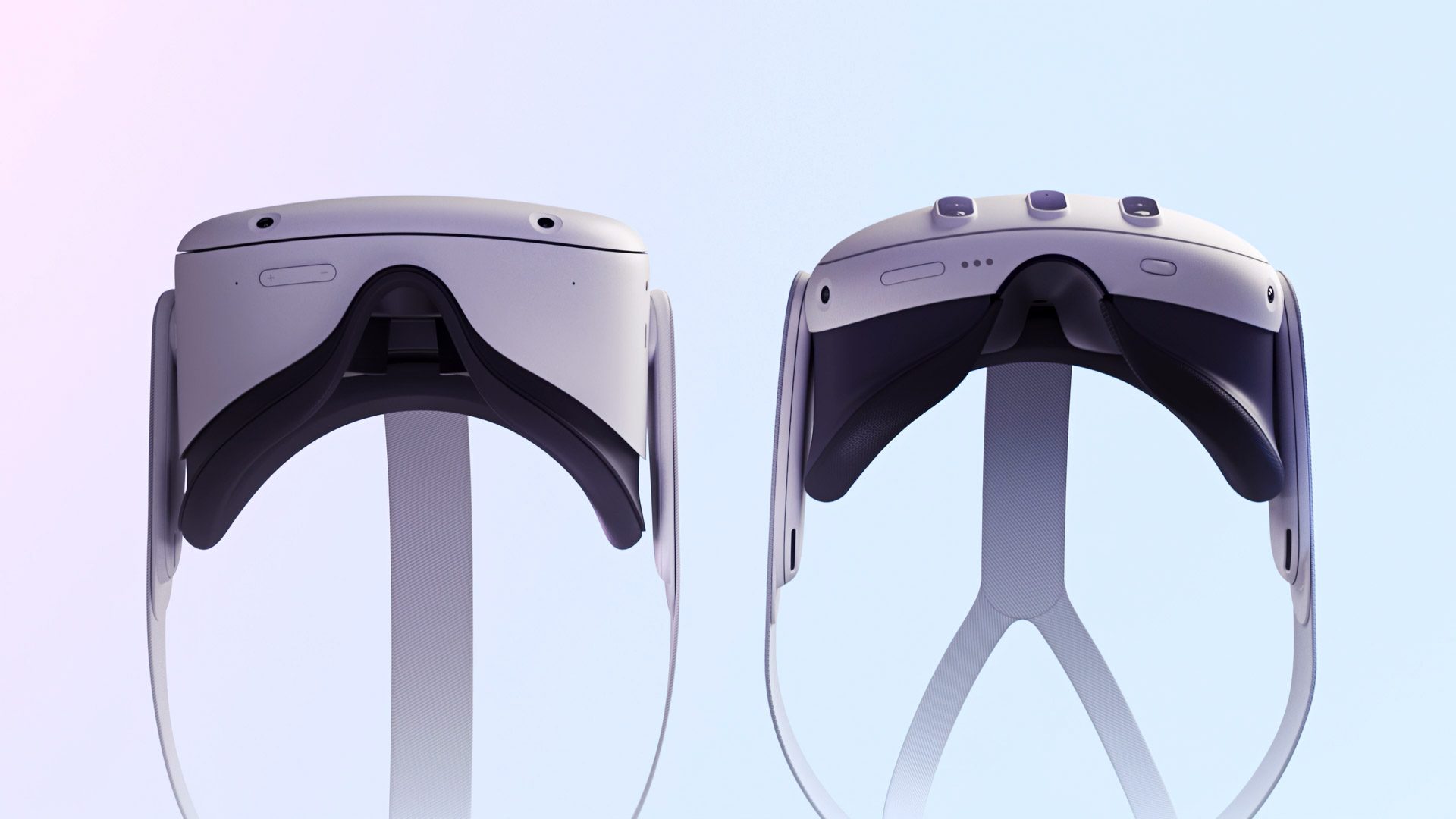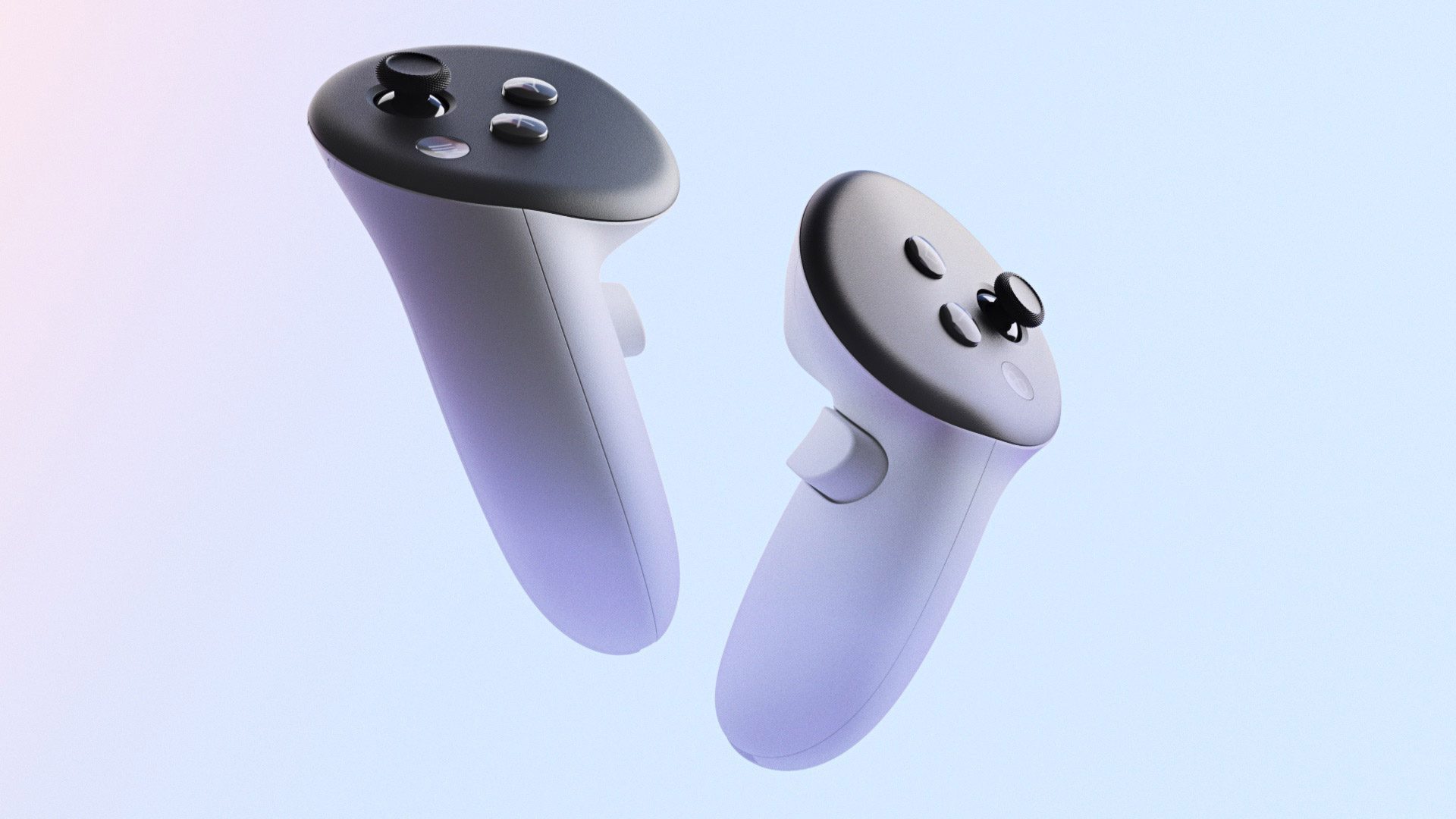Meta CEO Mark Zuckerberg unveiled the company’s next XR headset today, Quest 3. The mixed reality headset is launching this fall for the starting price of $499.
Only a few hours before the big Quest Gaming Showcase scheduled for later today, Zuckerberg showed the first look at Meta Quest 3, a standalone headset that he calls “[t]he first mainstream headset with high-res color mixed reality.”
The headset is said to be 40% thinner and “more comfortable,” the Meta chief wrote today in a Facebook post.

Note: the company’s “40% thinner” figure is when the foam facial interface is removed.
“Better displays and resolution. Next gen Qualcomm chipset with 2x the graphics performance. Our most powerful headset yet.”
Notably, Meta is saying Quest 3 is coming with what the “highest resolution display yet” along with the inclusion of pancake optics, the latter of which is used to slim down any headset’s profile by a considerable amount over traditional Fresnel lenses, like those seen in Quest 2.
Quest 3 packs in dual 4MP RGB color cameras, a depth sensor for a more accurate representation of your play space, and “10x more pixels in Passthrough compared to Quest 2,” Meta says.
Another big change from Quest 2 (or Quest Pro for that matter) is the newly named ‘Touch Plus’ controllers, which Meta says were completely redesigned with a more streamlined and ergonomic form factor.

“Thanks to our advances in tracking technology, we’ve dropped the outer tracking rings so the controllers feel like a more natural extension of your hands and take up less space. We also included TruTouch haptics that first debuted in Touch Pro to help you feel the action like never before. You can even upgrade to our fully self-tracked Meta Quest Touch Pro Controllers for a premium experience,” the company says in a blog post.
Quest 3 is slated to arrive at some point this fall, starting at $499 for a 128GB variant of the headset; the company says a variant with an additional storage option is coming too. Notably, like the company’s most recent enthusiast-grade headset, Quest Pro, Quest 3 will be compatible with the entire Quest 2 library of games.
It appears a more extensive reveal is scheduled for the company’s Connect developer conference, slated to take place on September 27th. In the meantime, you can signup here for email updates.
Check out the reveal trailer below:






